

Articles
What Does An AC Condenser Do In A Car
Modified: January 19, 2024
Learn about the functionality and importance of AC condensers in cars. Read articles and insights on how AC condensers contribute to car cooling.
(Many of the links in this article redirect to a specific reviewed product. Your purchase of these products through affiliate links helps to generate commission for Storables.com, at no extra cost. Learn more)
Introduction
The AC condenser is an essential component of a car’s air conditioning system, responsible for ensuring the comfort and convenience of passengers during hot summer days. It plays a crucial role in maintaining the cool temperature inside the car by facilitating the heat exchange process. Understanding what an AC condenser does and its importance in a car is vital for every car owner, as it helps to troubleshoot and address potential issues that may arise.
In this article, we will delve into the functions of an AC condenser, the heat exchange process, the components it comprises, the importance of the AC condenser in a car, common issues that can occur, and essential maintenance tips to ensure optimal performance.
Key Takeaways:
- The AC condenser in a car performs crucial functions such as heat dissipation, pressure conversion, condensation, and dehumidification to ensure efficient cooling and passenger comfort during hot weather.
- Regular maintenance, inspection, and prompt addressing of common issues such as refrigerant leaks, blockage, physical damage, condenser fan problems, and corrosion are essential to keep the AC condenser in optimal condition and ensure a comfortable driving experience.
Read more: What Does AC Condenser Do
Functions of an AC Condenser
The AC condenser performs several essential functions that are integral to the proper functioning of a car’s air conditioning system. Let us explore these functions in detail:
- Heat Dissipation: One of the primary functions of an AC condenser is to dissipate heat. As the refrigerant flows through the condenser coils, it releases heat to the surrounding air, thus cooling down the refrigerant. This process is crucial in maintaining a comfortable temperature inside the car.
- Pressure Conversion: The AC condenser also plays a role in converting the high-pressure refrigerant vapor from the compressor into a high-pressure liquid. This conversion is necessary for efficient heat transfer and ensures that the refrigerant can move through the system smoothly.
- Condensation: The condenser allows the refrigerant to condense from a gas state to a liquid state. This phase change occurs as the hot, high-pressure refrigerant vapor comes into contact with the cooler condenser coils. The conversion from vapor to liquid facilitates the transfer of heat and allows for effective cooling of the car’s interior.
- Dehumidification: Another important function of the AC condenser is dehumidification. As the refrigerant condenses, it not only releases heat but also removes moisture from the air. This helps in reducing humidity inside the car, improving overall comfort levels.
These functions work together to ensure that the air conditioning system can effectively cool the air and maintain a comfortable and pleasant environment inside the car, even in scorching weather conditions.
Heat Exchange Process
The heat exchange process in an AC condenser is a fundamental principle that allows for the effective cooling of the car’s interior. Let’s take a closer look at how this process works:
- Refrigerant Flow: The process starts with the refrigerant, a chemical compound with excellent heat transfer properties. The refrigerant, in a gaseous state, flows through the AC system, carrying heat energy absorbed from the car’s cabin.
- Condenser Coils: The gaseous refrigerant enters the AC condenser, which consists of a network of coils. These coils are specifically designed to promote efficient heat transfer. As the refrigerant passes through the condenser coils, it comes into contact with the cooler ambient air drawn in by the condenser fan.
- Heat Transfer: The heat energy absorbed by the refrigerant in the car’s cabin is transferred to the condenser coils through conduction. The cooler ambient air flowing over the condenser coils absorbs this heat energy and becomes warmer in the process.
- Condensation: The transfer of heat causes the refrigerant to transition from a gaseous state to a liquid state. This phase change is known as condensation and occurs due to the cooling effect of the condenser coils.
- Heat Dissipation: As the refrigerant condenses, it releases heat energy to the surrounding ambient air. This heat dissipation cools down the refrigerant, preparing it for the next stage of the cooling process.
By transferring heat from the refrigerant to the ambient air, the AC condenser plays a crucial role in removing heat from the car’s cabin. This process allows for the effective cooling of the air conditioning system, ensuring a comfortable and refreshing environment inside the car.
Components of an AC Condenser
The AC condenser consists of various components that work together to facilitate the heat exchange process and ensure optimal performance of the air conditioning system. Let’s explore these components:
- Coils: The condenser coils are the central part of the AC condenser. These coils are made of metal and are responsible for transferring heat between the refrigerant and the surrounding air. The high-pressure refrigerant flows through these coils, exchanging heat and transitioning from a gaseous to a liquid state.
- Fins: Fins are attached to the condenser coils and increase the surface area, allowing for better heat transfer. The fins help to dissipate the heat absorbed by the refrigerant more efficiently, enhancing the cooling capacity of the air conditioning system.
- Condenser Fan: The condenser fan is positioned in front of the condenser coils and is responsible for drawing ambient air over the coils. This airflow helps in cooling the refrigerant and removing heat from the system. The condenser fan is typically powered by an electric motor and is controlled by the car’s air conditioning system.
- Receiver/Dryer or Accumulator: The receiver/dryer or accumulator is a container located between the condenser and the evaporator. It serves as a storage unit for the refrigerant and ensures proper functioning of the AC system. It also acts as a filter, removing moisture and debris from the refrigerant flow.
- Expansion Valve or Orifice Tube: The expansion valve or orifice tube regulates the flow of refrigerant from the high-pressure side (condenser) to the low-pressure side (evaporator). It controls the amount of refrigerant entering the evaporator, allowing for efficient cooling of the air inside the car.
These components work in harmony to facilitate the heat exchange process and regulate the flow of refrigerant in the air conditioning system. Proper maintenance and functionality of each component are crucial for the overall performance and longevity of the AC condenser.
The AC condenser in a car is responsible for cooling and condensing the refrigerant vapor into a liquid, which is then circulated through the AC system to produce cold air. Regular maintenance and cleaning of the condenser can help ensure efficient AC performance.
Importance of AC Condenser in a Car
The AC condenser plays a vital role in the overall functionality and performance of a car’s air conditioning system. Let’s explore the importance of the AC condenser in a car:
- Cooling Efficiency: The primary function of the AC condenser is to remove heat from the refrigerant, allowing for effective cooling of the air inside the car. Without a properly functioning condenser, the air conditioning system would not be able to provide the desired cooling effect, especially during hot summer months.
- Comfort: The AC condenser helps create a comfortable environment inside the car by regulating and maintaining a cool temperature. It allows passengers to escape from the sweltering heat outside and enjoy a refreshing and pleasant journey.
- Health and Safety: Besides providing comfort, the AC condenser also contributes to the health and safety of the occupants. By reducing humidity levels inside the car, it helps prevent the growth of mold and bacteria, reducing the risk of respiratory problems and allergies. Additionally, a functional air conditioning system helps to keep the driver alert and focused on the road, contributing to safer driving conditions.
- Preservation of Interior: The AC condenser also contributes to the preservation of the car’s interior. By maintaining a cool temperature, it helps prevent heat-related damage to the upholstery, dashboard, and other components. It also helps in preventing warping or cracking of plastic and vinyl materials due to excessive heat exposure.
- Longevity of AC System: The proper functioning of the AC condenser is essential for the longevity of the entire air conditioning system. A malfunctioning condenser can put unnecessary strain on other components such as the compressor, evaporator, and expansion valve, leading to costly repairs and potential system failure.
Overall, the AC condenser is a crucial component in a car’s air conditioning system, ensuring comfort, safety, and efficiency. Regular maintenance and timely repairs are essential to keep the AC condenser functioning optimally, allowing for an enjoyable driving experience in all weather conditions.
Read more: What Does The AC Button Do In A Car
Common Issues with AC Condensers
While the AC condenser is a vital component of a car’s air conditioning system, it may encounter various issues over time. Understanding these common issues can help car owners identify and address problems promptly. Let’s take a look at some of the most common issues with AC condensers:
- Refrigerant Leaks: Refrigerant leaks are a prevalent issue with AC condensers. Over time, the seals and connections around the condenser can deteriorate, leading to leaks. A refrigerant leak can result in insufficient cooling performance and may require professional repair.
- Blockage: The condenser coils can become clogged with debris, dirt, or bugs, hindering the heat exchange process. This blockage restricts airflow and reduces the condenser’s effectiveness, resulting in poor cooling performance. Regular cleaning and maintenance can help prevent this issue.
- Physical Damage: The condenser is located at the front of the car, making it susceptible to physical damage from road debris, stones, or accidents. Damage to the condenser may cause leaks or bent coils, impacting its performance and necessitating repair or replacement.
- Condenser Fan Issues: The condenser fan helps draw in ambient air to cool the condenser coils. Issues with the fan, such as motor failure or blade damage, can lead to reduced airflow and inadequate heat dissipation. This can result in poor cooling or even overheating of the system.
- Corrosion: Over time, the condenser fins and other metal components can corrode due to exposure to moisture, road salt, or other environmental factors. Corrosion can hinder heat transfer and impair the efficiency of the condenser, leading to decreased cooling performance.
It is crucial to address these issues promptly to avoid further damage to the AC condenser or other components of the air conditioning system. Regular maintenance, inspections, and timely repairs can help prevent these common issues and ensure the optimal performance of the AC condenser in the car.
Maintenance and Troubleshooting Tips
Maintaining the AC condenser in your car is essential to ensure its longevity and optimal performance. Here are some maintenance and troubleshooting tips to keep your AC condenser in top shape:
- Regular Inspection: Inspect the condenser regularly for any signs of damage, such as bent fins, physical debris, or oil spots. If you notice any issues, address them promptly to prevent further damage.
- Clean the Condenser: Remove any dirt, leaves, or debris that may have accumulated on the condenser fins. Use a gentle stream of water or compressed air to clean between the fins. Be careful not to damage the delicate fins in the process.
- Check for Refrigerant Leaks: If you suspect a refrigerant leak, inspect the condenser connections and fittings for any signs of oil or leakage. If you notice a leak, it is best to consult a professional technician for proper repair and refrigerant recharge.
- Inspect the Condenser Fan: Check the condenser fan for any damage or obstructions. Ensure that the fan operates smoothly and blows sufficient airflow over the condenser coils. If the fan is not functioning correctly, have it inspected and repaired by a qualified technician.
- Protect from Physical Damage: Take precautions to protect the condenser from road debris, stones, and accidents. Consider installing a grille or protection shield to safeguard the condenser from potential damage.
- Monitor Cooling Performance: Pay attention to any changes in cooling performance. If you notice reduced cooling capacity, weak airflow, or warm air blowing from the vents, it may indicate an issue with the condenser or other components of the AC system. Have it inspected and repaired by a professional technician.
- Follow Manufacturer’s Maintenance Schedule: Refer to your car’s owner manual for the recommended maintenance schedule for the AC system. Adhere to the suggested intervals for inspections, cleaning, refrigerant checks, and any other specific maintenance tasks.
- Seek Professional Help: If you encounter any complex issues or are unsure about performing maintenance or troubleshooting tasks yourself, it is best to consult a qualified technician who specializes in automotive air conditioning systems. They have the expertise and tools to diagnose and repair AC condenser problems effectively.
By following these maintenance and troubleshooting tips, you can keep your AC condenser in optimal condition, ensuring efficient cooling performance and extending its lifespan.
Conclusion
The AC condenser is a crucial component of a car’s air conditioning system, responsible for maintaining a cool and comfortable environment inside the car. It performs functions such as heat dissipation, pressure conversion, condensation, and dehumidification to ensure efficient cooling performance. Understanding the importance of the AC condenser and its role in the heat exchange process is essential for every car owner.
Regular maintenance and inspection are key to keeping the AC condenser in optimal condition. Cleaning the condenser, checking for refrigerant leaks, inspecting the condenser fan, and protecting it from physical damage are crucial maintenance tasks. Monitoring cooling performance and seeking professional help when needed can help address any potential issues promptly, ensuring the longevity and optimal performance of the AC condenser.
Common issues with AC condensers, such as refrigerant leaks, blockage, physical damage, condenser fan problems, and corrosion, can impact the cooling efficiency of the air conditioning system. By being aware of these issues, car owners can take proactive measures to prevent and address them effectively.
In conclusion, the AC condenser plays a vital role in providing a comfortable and enjoyable driving experience. By understanding its functions, components, and maintenance requirements, car owners can ensure the efficient operation of their air conditioning system. Regular maintenance, timely repairs, and professional inspection are essential to keep the AC condenser in optimal condition and enjoy the benefits of a cool and refreshing ride.
Frequently Asked Questions about What Does An AC Condenser Do In A Car
Was this page helpful?
At Storables.com, we guarantee accurate and reliable information. Our content, validated by Expert Board Contributors, is crafted following stringent Editorial Policies. We're committed to providing you with well-researched, expert-backed insights for all your informational needs.

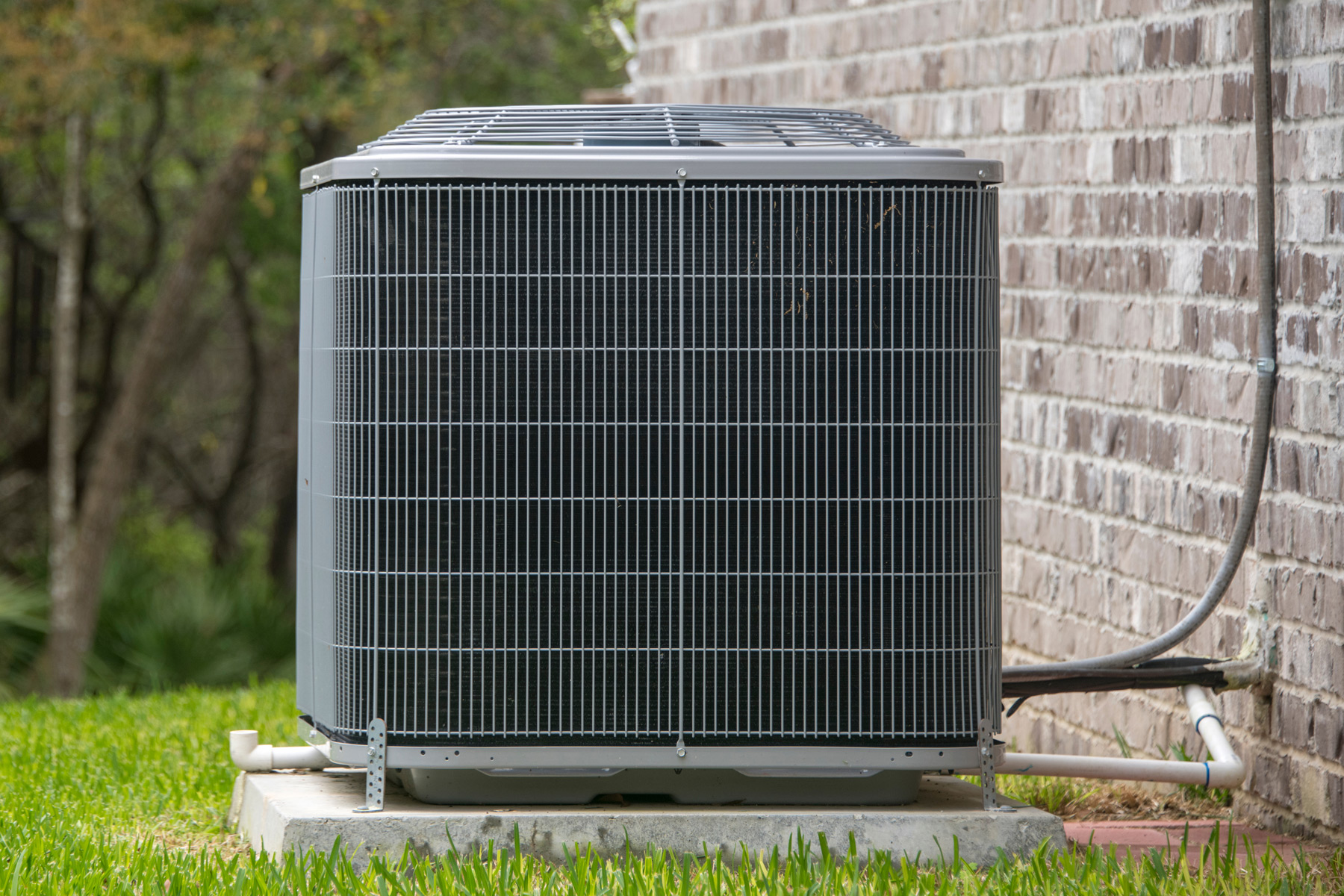
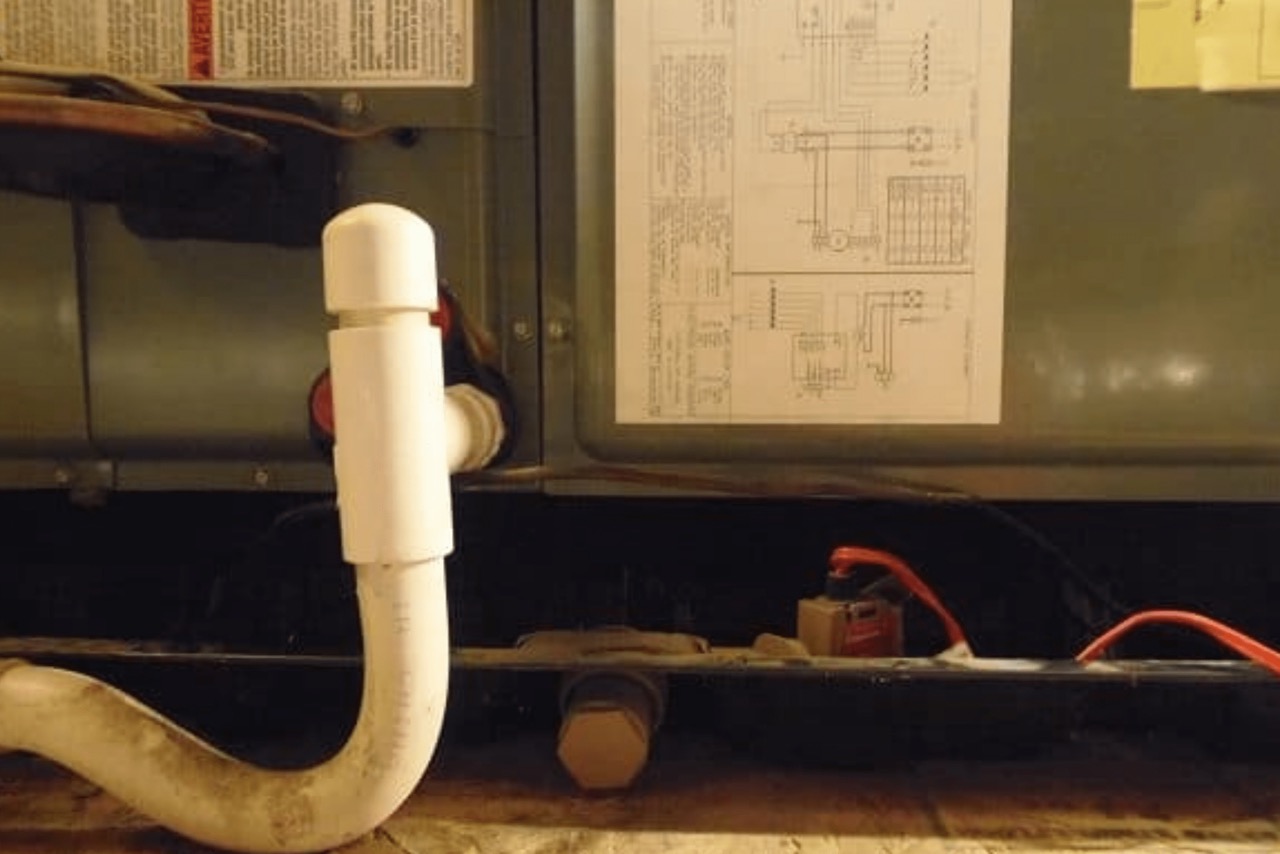

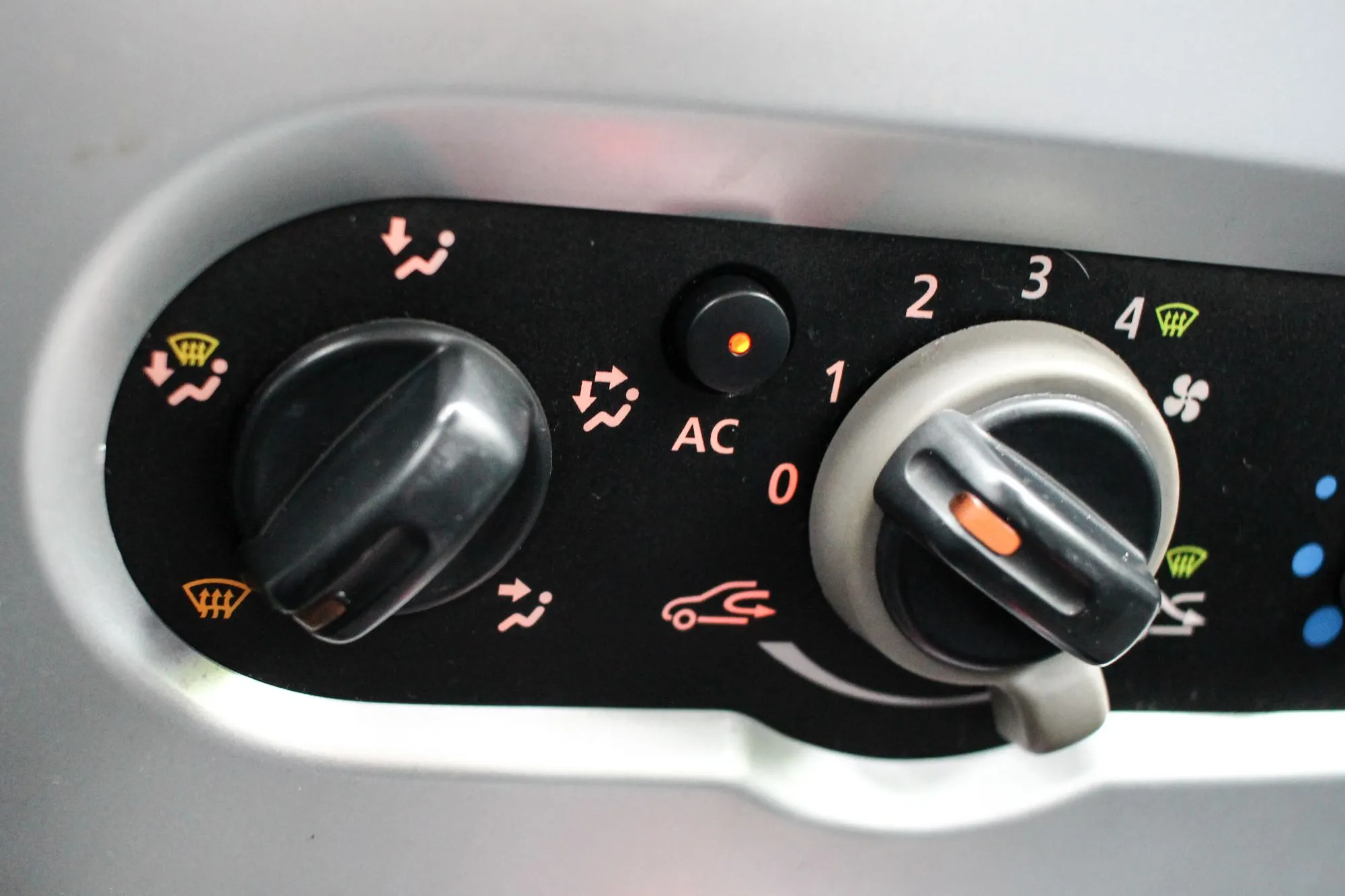
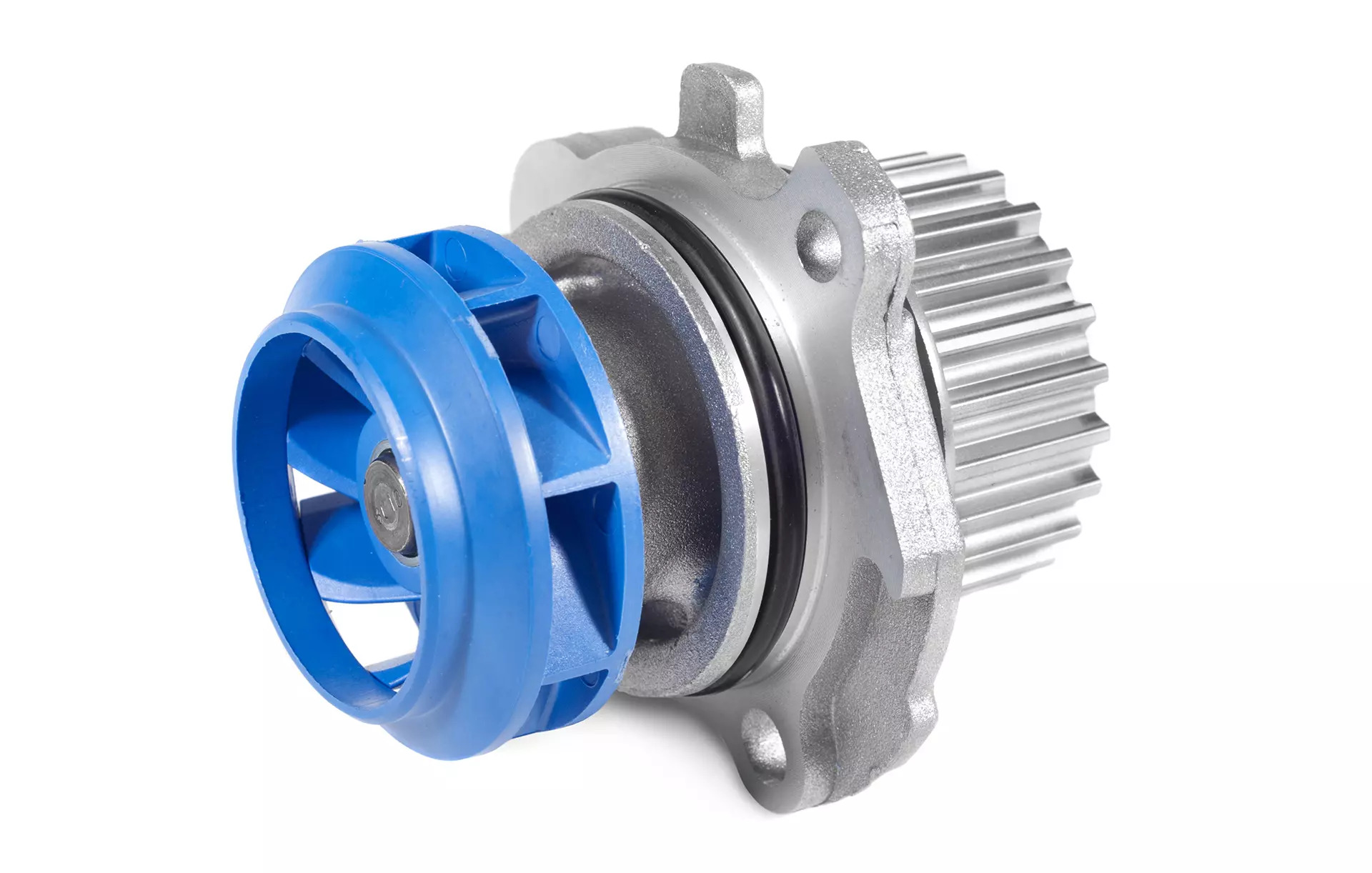
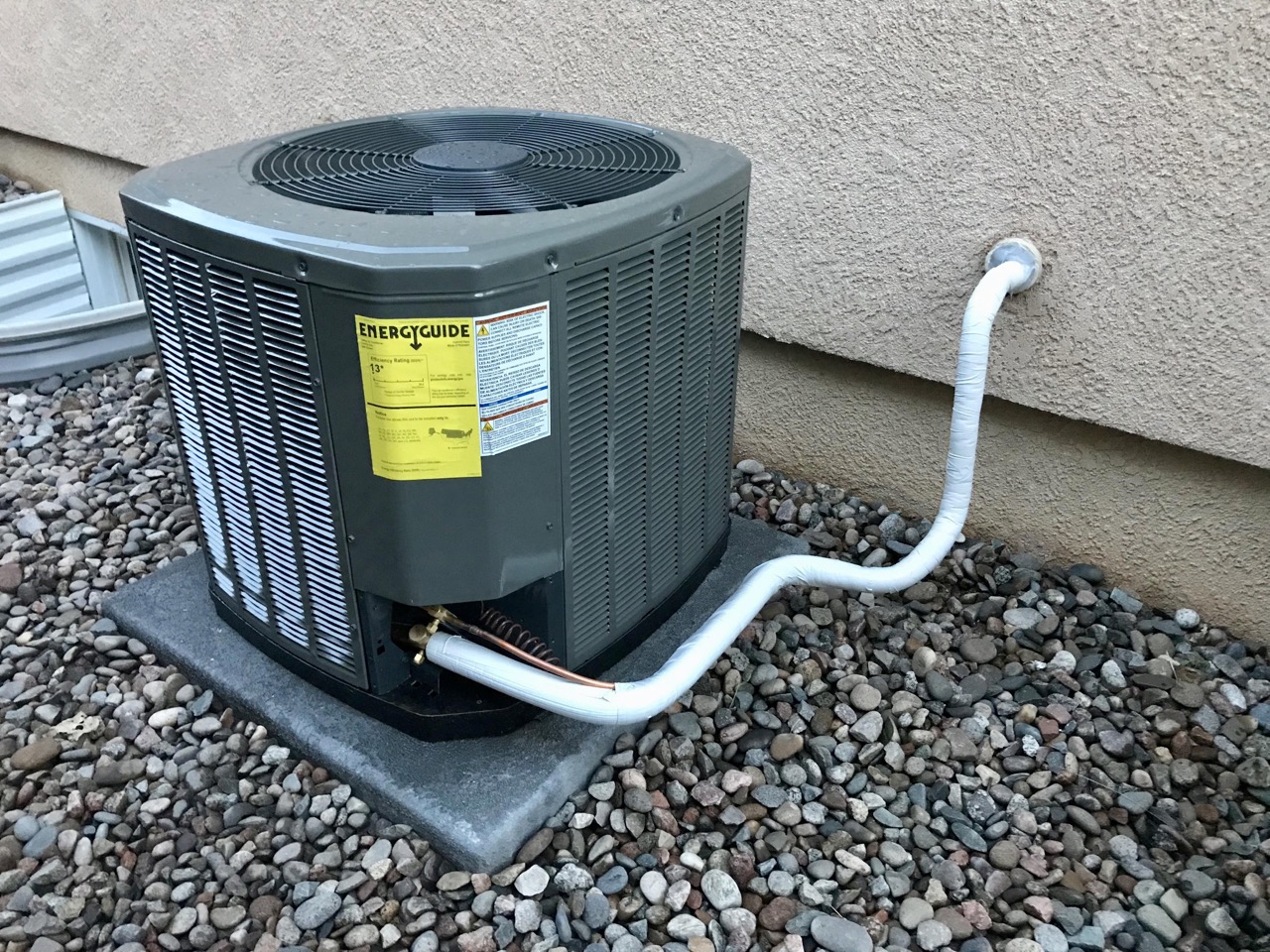





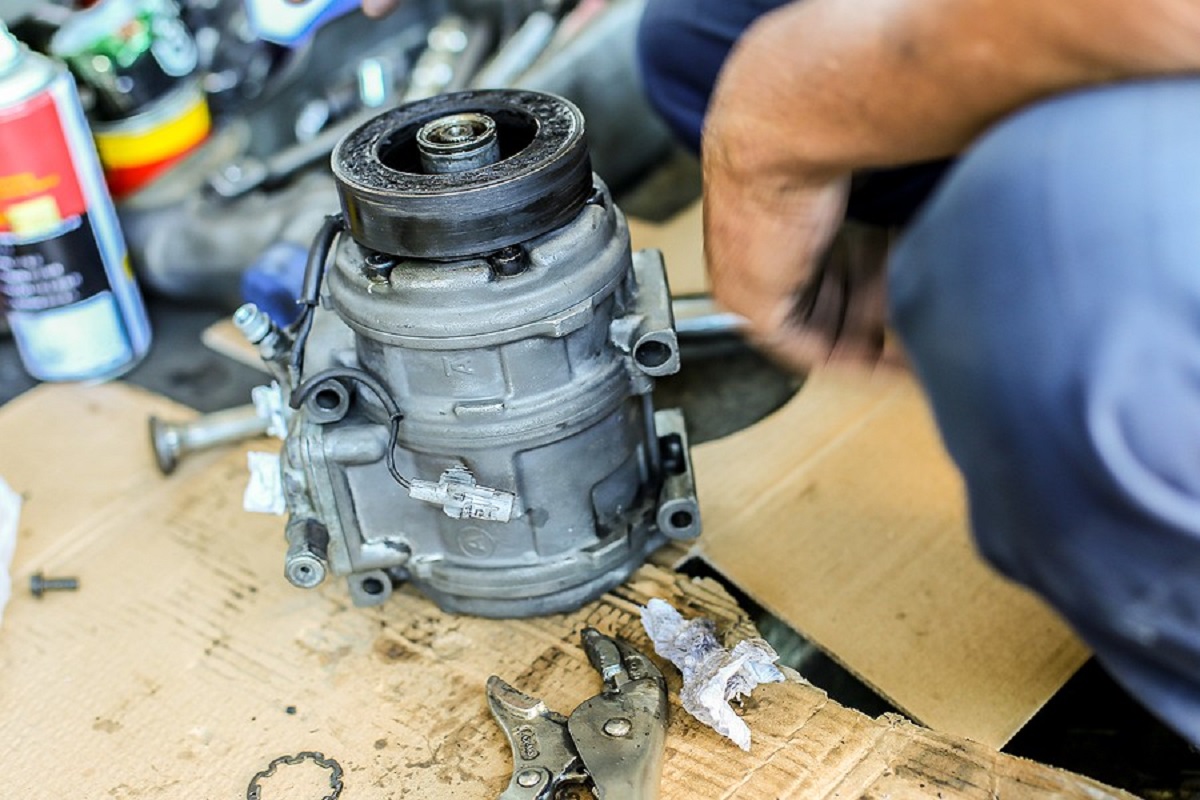


0 thoughts on “What Does An AC Condenser Do In A Car”